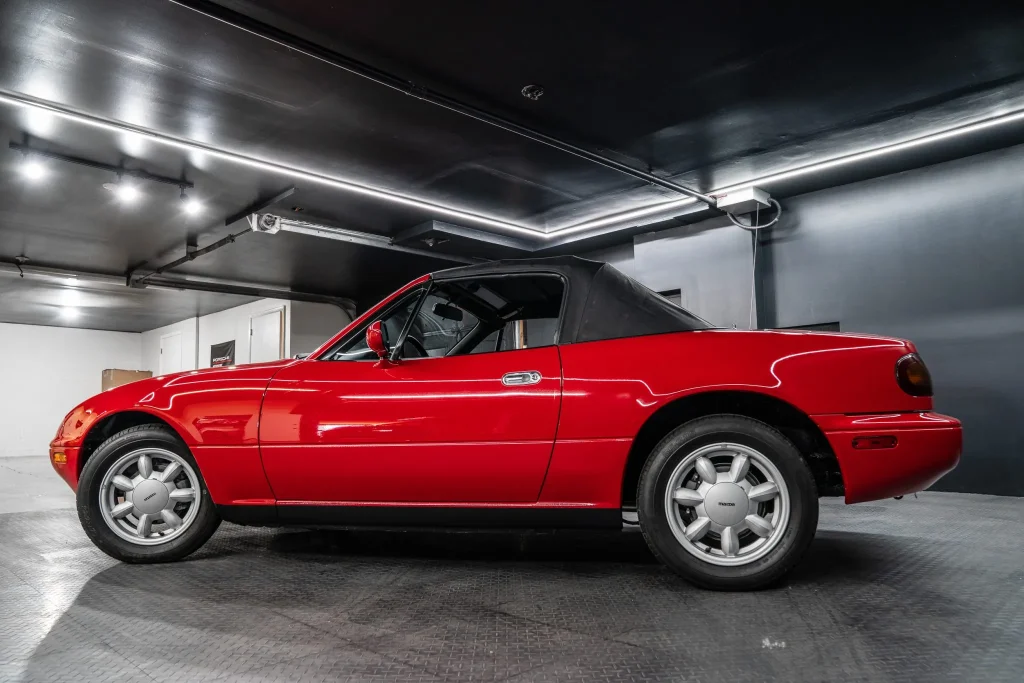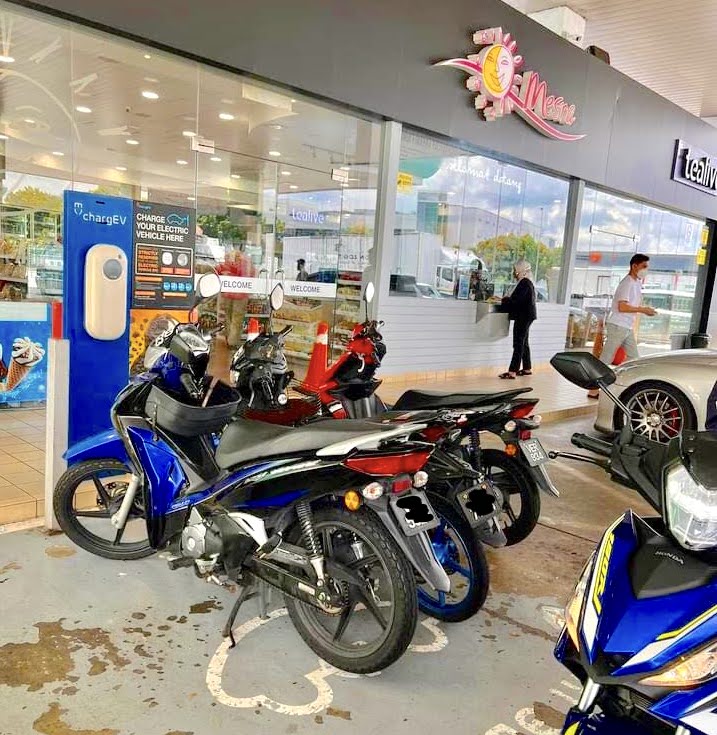A Quick Guide On The Fancy New World Of Car Paint Protection

A mini intro to the various products that can help keep your car’s paint looking showroom fresh for years down the line.
It really wasn’t just too long ago that a wax and/or polish was the only two terms people tended to use when on the topic of maintaining a gleam on their car’s paintwork. These days however, any good new (and/or used) car salesperson would be more than happy to sell one a PPF job alongside their usual tint deal.
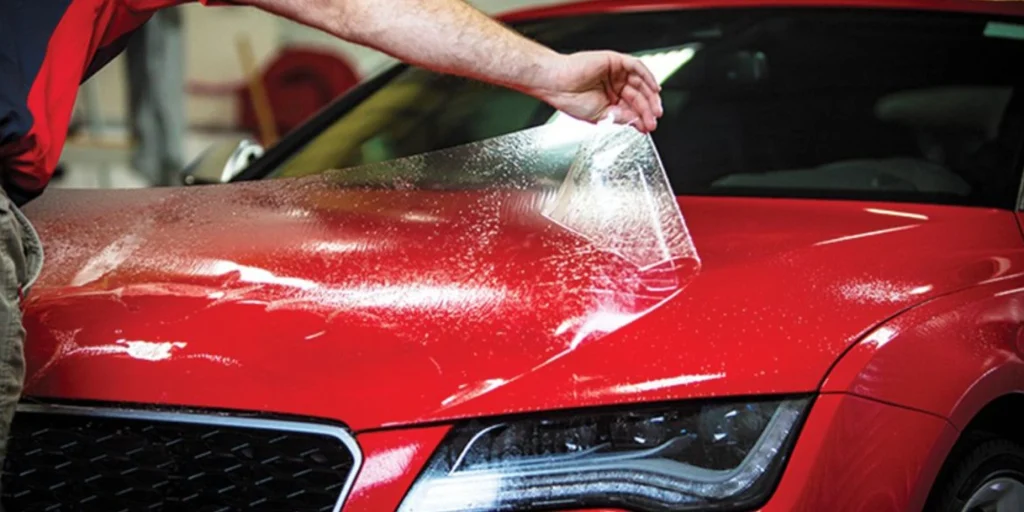
But wait, what exactly is PPF? And while on this topic too, what is this ceramic coating that everyone seems to have been talking about?
Well handily for you dear reader, here is a quick guide into the world of vehicle paint protection, which will hopefully be to provide at least some answers to these questions posed.

PPS, PPF, and Ceramic Coating: The Brief Overview
Ceramic Coating
Ceramic coating is, very simply, a chemical silicon-based polymer solution that is applied to coat the exterior of a vehicle. This coating typically adds a high-gloss finish that enhances the car’s appearance, while providing a hydrophobic layer that repels water and dirt. It is also said to offer UV protection, which helps in mitigating paint fade from sun exposure.
Given that ceramic coat could essentially be thought off here as a long term shiny alternative to a conventional wax coat applied to a car, its protection is expectedly limited when it comes to severe physical damage, such as stone chips or deep scratches. In short therefore, while ceramic makes a vehicle’s paintwork shinier for longer, as well as making it easier to maintain thanks to its dirt-repelling characteristics, it falls short of offering robust paintwork protection.
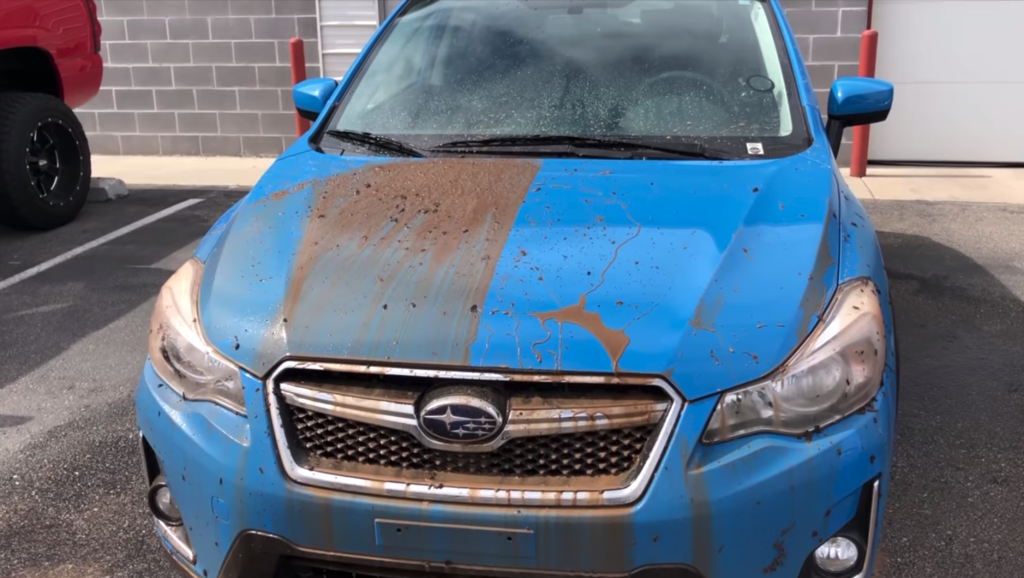
Paint Protection Film (PPF)
PPF meanwhile is basically a clear physical film that goes over the top of a vehicle’s bodywork. Think of it like a clear wrap for one’s car, or as the Americans put it: a clear bra.
Thanks to it being a distinct additional film applied onto the vehicle, PPF does offer significantly improved coverage against physical damage like minor scratches and stone chips relative to ceramic coating. Most PPF has self-healing properties too, whereby the film will repair itself if it is scratched or marred.
However, one of the drawbacks of PPF is that it can sometimes leave visible edges or seams. If not removed carefully, PPF could also leave adhesive residue towards the car, damaging the vehicle’s pristine condition over time. Much like any other film too, there is the possibility for PPF to yellow or bubble upon prolonged exposure to our intense Malaysian sun.
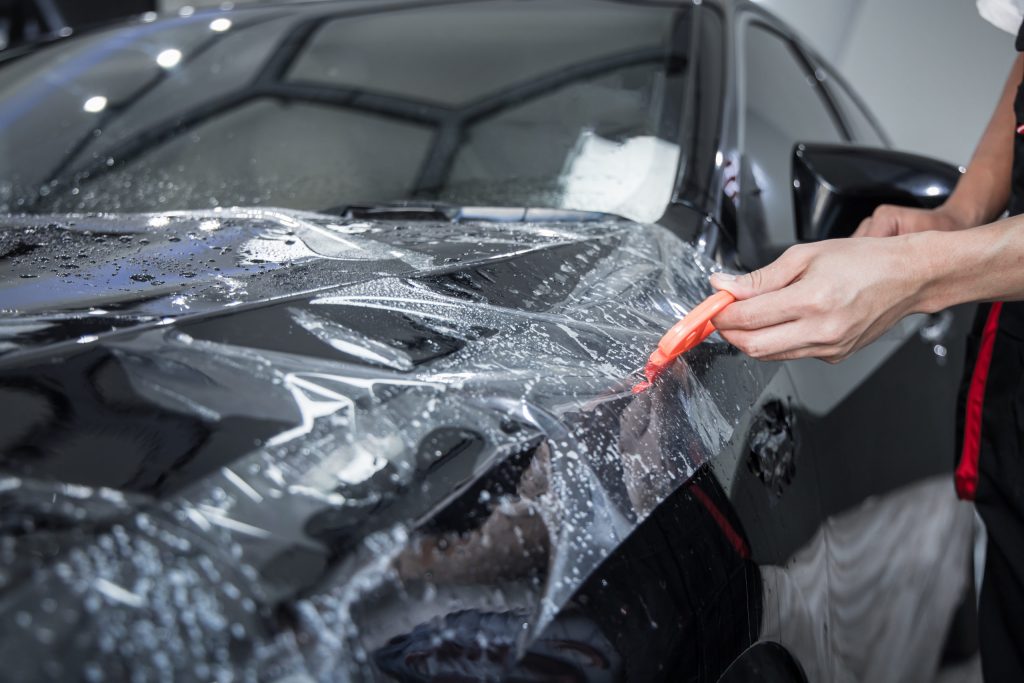
Various thicknesses of PPF are available on the market to suit various applications and budgets. It is also not uncommon to apply the film only on select areas of the vehicle that are more prone to light physical damage, like the front fascia and boot load lip for example.
One other note to make here is that while it is possible to ceramic coat on top of PPF, this is might going a little too OTT on paint protection. That said, a ceramic coat on top of PPF does offer enhanced hydrophobic properties for easier paintwork maintenance, as well as the potential for a richer shine.

Paint Protection Spray (PPS)
Finally onto something a little novel here, PPS is one of the newest paint protection technologies on the market, and it touts to combine the benefits of ceramic coating and PPF, whilst more impressively addressing their respective liabilities.
PPS, as its name implies, is a spray-on plastic coating that forms a protective film over the vehicle’s paintwork. The benefit to PPS is that it leaves no visible edges or adhesive residue, or even have the potential to bubble or lift, unlike PPF. As it still exhibits the qualities of a film too when applied, PPS is said to still offer greater physical damage protection over a ceramic coat.
Also, the flexibility of PPS further allows for easy repairs and customisation in terms of colour and finish, be it gloss or matte. And if one does not fancy the finish or colour applied, the film of PPS can be removed at any time leaving no residue of marks on original paint!
It should nevertheless be noted however that applying PPS is to be a specialised process, which is currently still best performed primarily by authorised professionals. This requirement for expert service can limit its availability, as well as increase the price of this paint protection method.
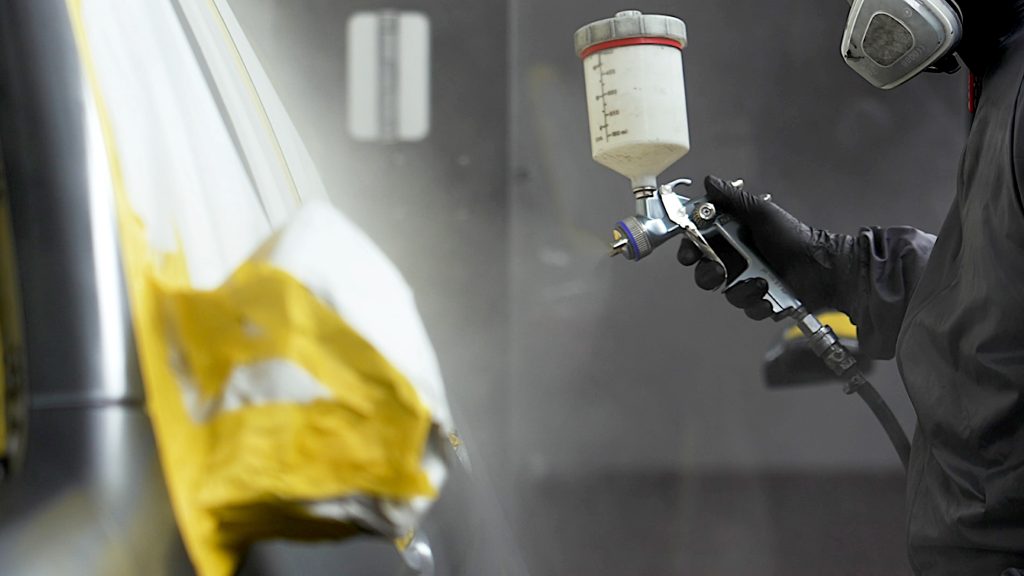
Paint Correction: The Pre-Paint Protection Procedure
Now having learnt a bit on the various type of paint protection products available and how they stack up against each other, it is perhaps good to also briefly mention at the end of this article here something that should be done before even considering the aforementioned paint protection — paint correction.
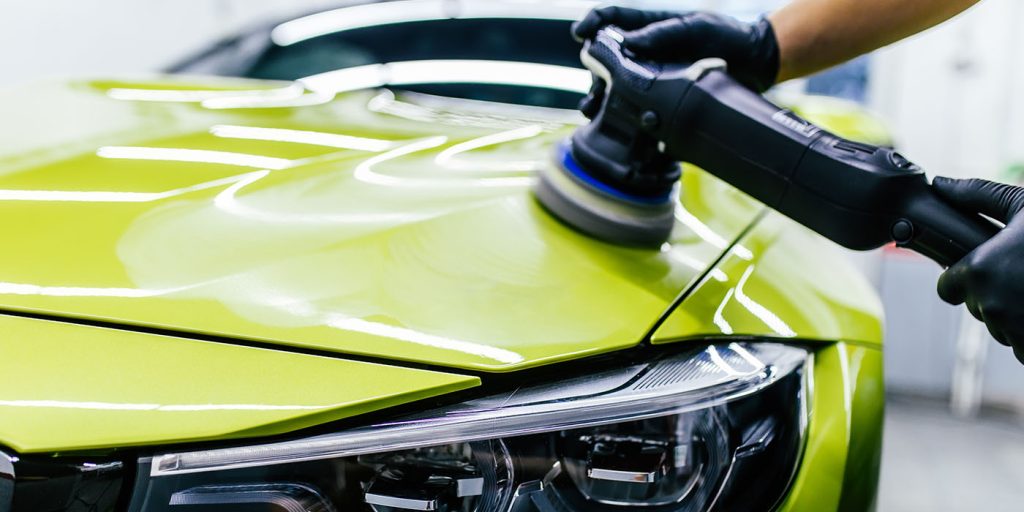
Paint correction is the process of removing minor scratches and imperfections found in the vehicles clear coat, while restoring its gloss. To oversimplify things a tad here, just think of paint correction as one step up from normal polishing.
The process of paint correction is perhaps most necessary on cars that have seen some years on the road, but even brand new cars too can benefit from some paint correction to further improve on their factory paint finish.
